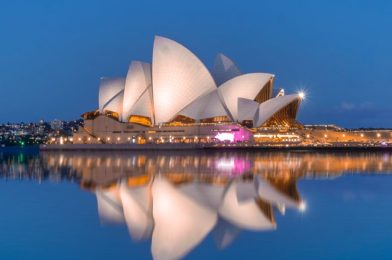1.Russia
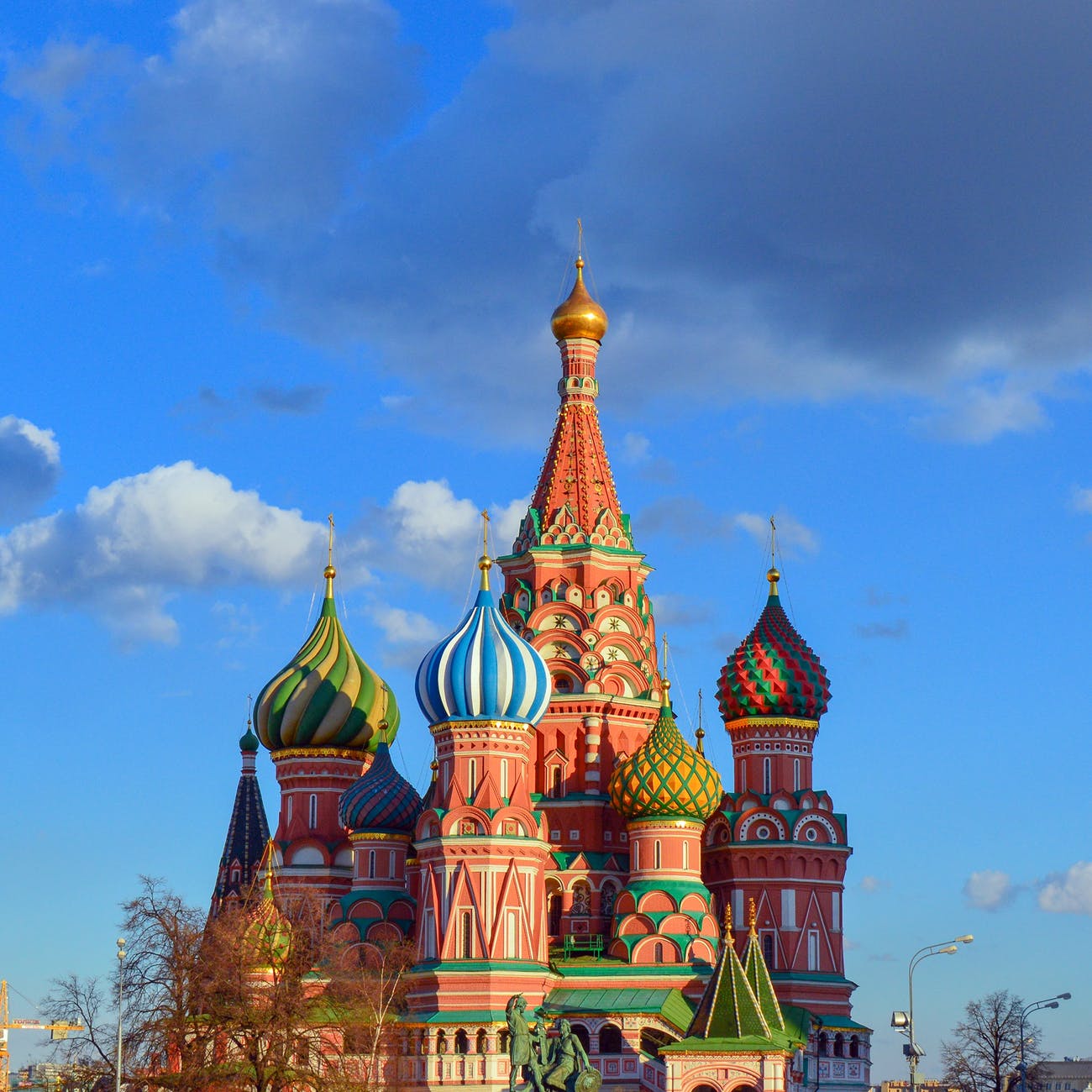
Russia is Covering an area of 17,125,200 square kilometres (6,612,100 sq mi), it is the largest country in the world by area. Russia is located in Eastern Europe and Northern Asia spanning 11 time zones and incorporating a great range of environments and landforms, from deserts to semiarid steppes to deep forests and Arctic tundra. The Soviet era saw some of the most significant technological achievements of the 20th century, including the world’s first human-made satellite and the launching of the first humans in space. Russia contains Europe’s longest river, the Volga, and its largest lake, Ladoga. Russia also is home to the world’s deepest lake, Baikal, and the country recorded the world’s lowest temperature outside the North and South poles.
The current population of the Russian Federation is 145,945,524 . Russia population is equivalent to 1.87% of the total world population. Russia ranks number 9 in the list of countries and (dependencies) by population. It covers nearly twice the territory of Canada. Most of the Russian population is concentrated in the European portion of the country, especially in the fertile region surrounding Moscow, the capital. Moscow and St. Petersburg and formerly Leningrad are the two most important cultural and financial centres in Russia and are among the most picturesque cities in the world. Russia is the most populous nation in Europe. Major urban areas include Saint Petersburg, Novosibirsk, Yekaterinburg, Nizhny Novgorod, Kazan, Chelyabinsk and Samara.
2.Canada
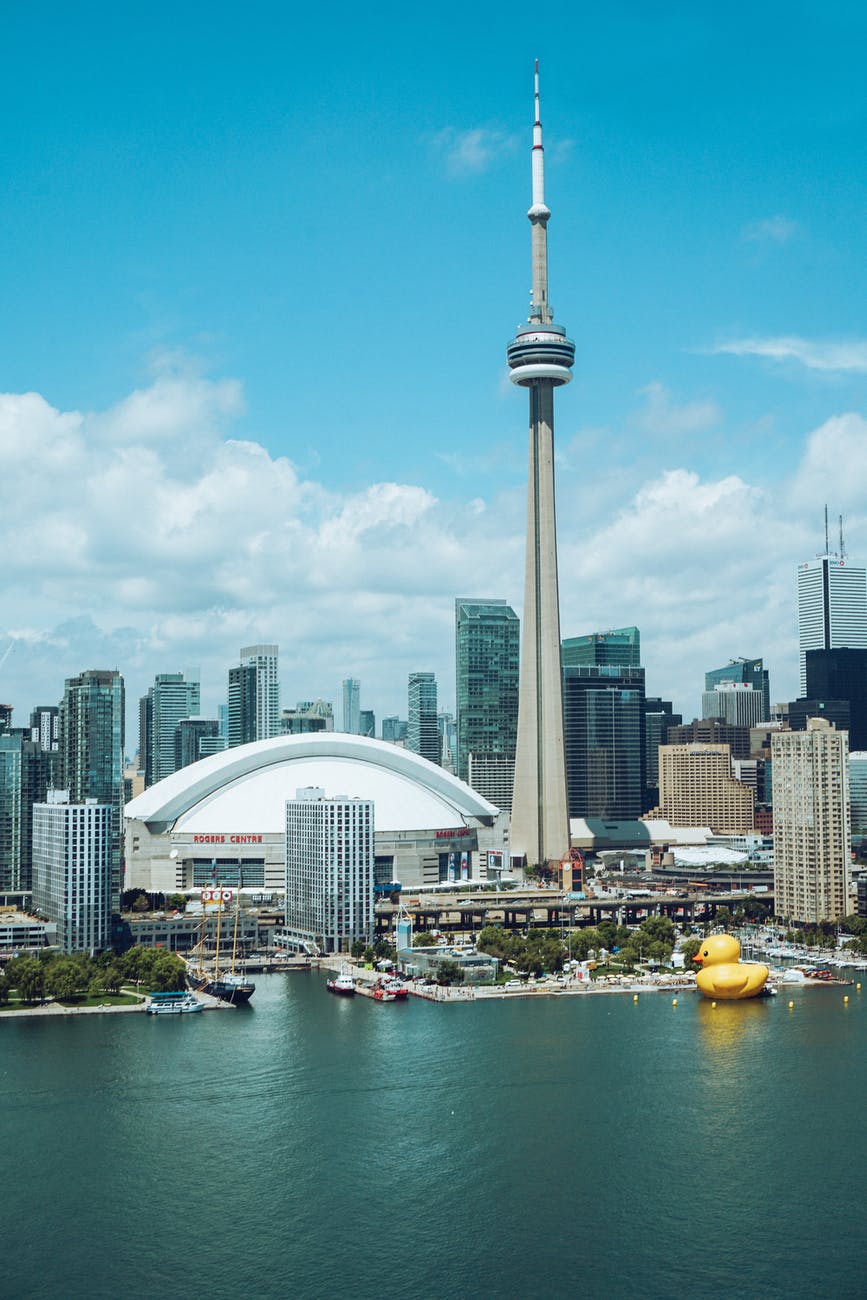
Canada is a country in the northern part of North America. Its ten provinces and three territories extend from the Atlantic to the Pacific and northward into the Arctic Ocean.Canada is covering 9.98 million square kilometres (3.85 million square miles), making it the world’s second-largest country by total area. Canada’s capital is Ottawa, and its three largest metropolitan areas are Toronto, Montreal, and Vancouver. Canada is a parliamentary democracy and a constitutional monarchy in the Westminster tradition. Its advanced economy is the tenth-largest in the world. Canada is relying chiefly upon its abundant natural resources and well-developed international trade networks. Canada’s largest population centres are Toronto, Montreal, Vancouver, Calgary, Edmonton and Ottawa with those six being the only ones with more than one million people. the population density of the habitable land in Canada can be modest to high depending on the region. The current population of Canada is 37,799,407 as of Thursday, September 3, 2020. Canada population is equivalent to 0.48% of the total world population. Canada ranks number 39 in the list of countries (and dependencies) by population. The population density in Canada is 4 per Km2 (11 people per mi2).
The median age in Canada is 41.1 years and occupying roughly the northern two-fifths of the continent of North America. Canadians are comparatively few in number, however, they have crafted what many observers consider to be a model multicultural society, welcoming immigrant populations from every other continent. In addition, Canada harbours and exports a wealth of natural resources and intellectual capital equaled by few other countries. It is officially bilingual in English and French, reflecting the country’s history as ground once contested by two of Europe’s great powers. The act also divided the old colony of Canada into the separate provinces of Ontario and Quebec.
3.China
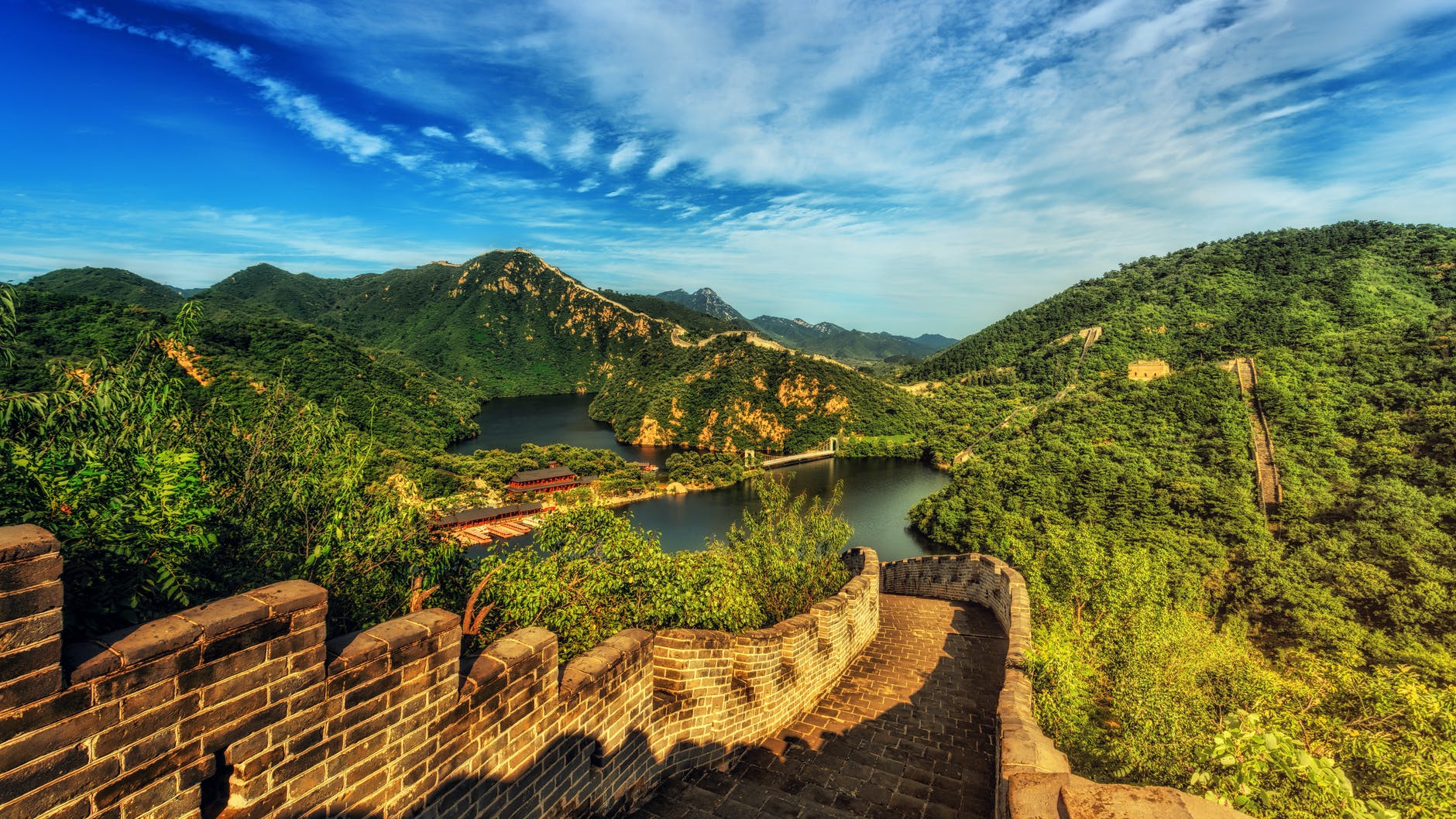
The People’s Republic of China (PRC) is a sovereign state in East Asia, bordering the East China Sea, Korea Bay, Yellow Sea, and South China Sea. China is bordered by 14 countries: Afghanistan, Bhutan, India, Kazakhstan, North Korea, Kyrgyzstan, Laos, Mongolia, Myanmar (Burma), Nepal, Pakistan, Russia, Tajikistan, and Vietnam.It is the world’s most populous country, with a population of around 1,439,323,776 on 3 Sep 2020. China covering approximately 9.6 million square kilometres (3.7 million mi2) or 9,388,211 Km2 (3,624,807 sq. miles). I fst is the world’s third country by area. China emerged as one of the world’s first civilizations, in the fertile basin of the Yellow River in the North China Plain.
China invented some of the most advanced technology including papermaking and the compass, along with agricultural and medical improvements. The invention of gunpowder and movable type in the Tang dynasty and Northern Song completed the Four Great Inventions. Tang culture spread widely in Asia, as the new Silk Route brought traders to as far as Mesopotamia and the Horn of Africa. China ranks number 1 in the list of countries (and dependencies) by population. The population density in China is 153 per Km2 (397 people per mi2). China’s capital city is Beijing, its largest city is Shanghai. For centuries China has stood as a leading civilization, outpacing the rest of the world in the arts and sciences. Currently, China’s population growth rate is only 0.39% and 60.8 % of the population is urban people. The median age in China is 38.4 years.
4.United States
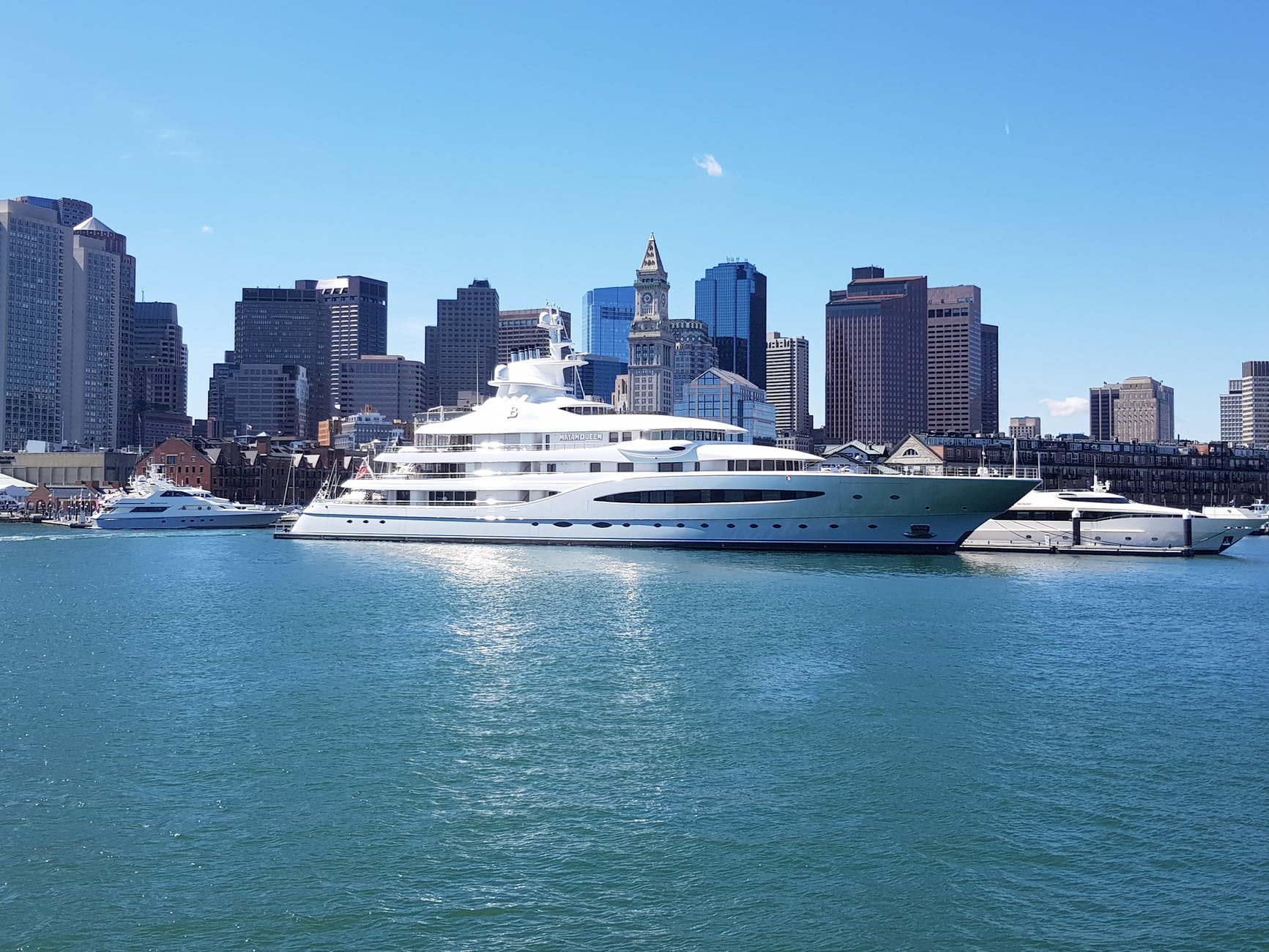
The United States of America (USA), commonly known as the United States is a country mostly located in central North America, between Canada and Mexico. It consists of 50 States, a federal district, five major self-governing territories, and various possessions. At 3.8 million square miles (9.8 million square kilometers), it is the world’s fourth-largest country by total area. USA has a population of over 328 million, it is the third most populous country in the world. The capital is Washington, D.C., and the most populous city is the New York City. Besides the 48 conterminous states that occupy the middle latitudes of the continent, the United States includes the state of Alaska, at the northwestern extreme of North America, and the island state of Hawaii, in the mid-Pacific Ocean.
The United States contains a highly diverse population. Unlike a country such as China that largely incorporated indigenous peoples, the United States has a diversity that to a great degree has come from an immense and sustained global immigration. The United States is the world’s greatest economic power, measured in terms of gross domestic product (GDP). The nation’s wealth is partly a reflection of its rich natural resources and its enormous agricultural output, but it owes more to the country’s highly developed industry. Its exports and imports represent major proportions of the world total. The United States also impinges on the global economy as a source of and as a destination for investment capital.
In the United States most of the crystalline platform is concealed under a deep blanket of sedimentary rocks. In the far north, however, the naked Canadian Shield extends into the United States far enough The western flanks of the Interior Lowlands are the Great Plains, a territory of awesome bulk that spans the full distance between Canada and Mexico in a swath nearly 500 miles (800 km) wide. The main mineral wealth of the Interior Lowlands derives from fossil fuels. USA is the world’s most dominant economic and military power. Alaska is a land of extremes, full of awe-inspiring natural wonders – including around 100,000 glaciers. These gigantic, icy phenomena slowly shifting through the wilderness are the nation’s most popular attraction.
5.Brazil
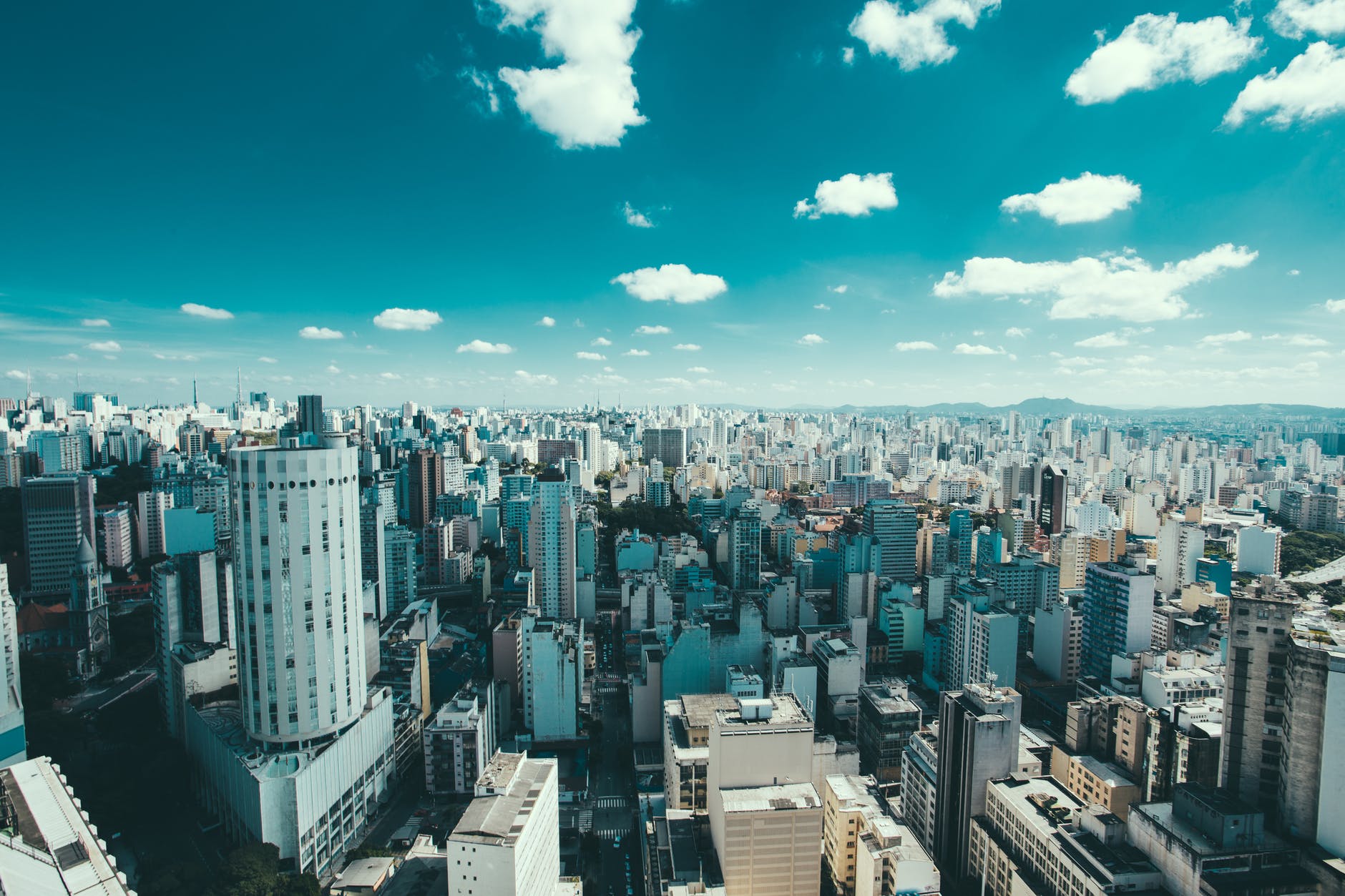
Brazil is the fifth largest country by Area in both South America and Latin America. Brazil, officially Federative Republic of Brazil, Portuguese Republica Federativa do Brasil, country of South America that occupies half the continent’s landmass. Area of Brazil is 8.5 million square kilometers (3.2 million square miles). It,s population is over 212 million people. It’s rich culture and history, the country ranks thirteenth in the world by number of UNESCO World Heritage Sites. Its capital is Brasilia, and its most populous city is Sao Paulo. only one in the Americas. It is also one of the most multicultural and ethnically diverse nations, due to over a century of mass immigration from around the world. Its Amazon basin includes a vast tropical forest, home to diverse wildlife, a variety of ecological systems, and extensive natural resources spanning numerous protected habitats. Brazil is classified as an upper-middle income economy by the World Bank and a newly industrialized country. It is considered as an advanced emerging economy. On account of its international recognition and influence, the country is subsequently classified as an emerging power and a potential superpower by several analysts.
Brazil faces the Atlantic Ocean along 4,600 miles (7,400 km) of coastline. Brazil contains most of the Amazon River basin, which has the world’s largest river system and the world’s most-extensive virgin rainforest. The country contains no desert, high-mountain, or arctic environments. The nation’s burgeoning cities, huge hydroelectric and industrial complexes, mines, and fertile farmlands make it one of the world’s major economies. Baia do Sancho is found to be as world,s largest beach. The country’s motto is “Ordem e Progresso”, meaning “order and progress”. Brasilia, capital of Brazil looks like an aeroplane from above. Brazil has been the world’s largest by volume of water discharged. Baikal is the the world’s deepest lake. Brazil has 21 Unesco World Heritage Sites.
6.Australia
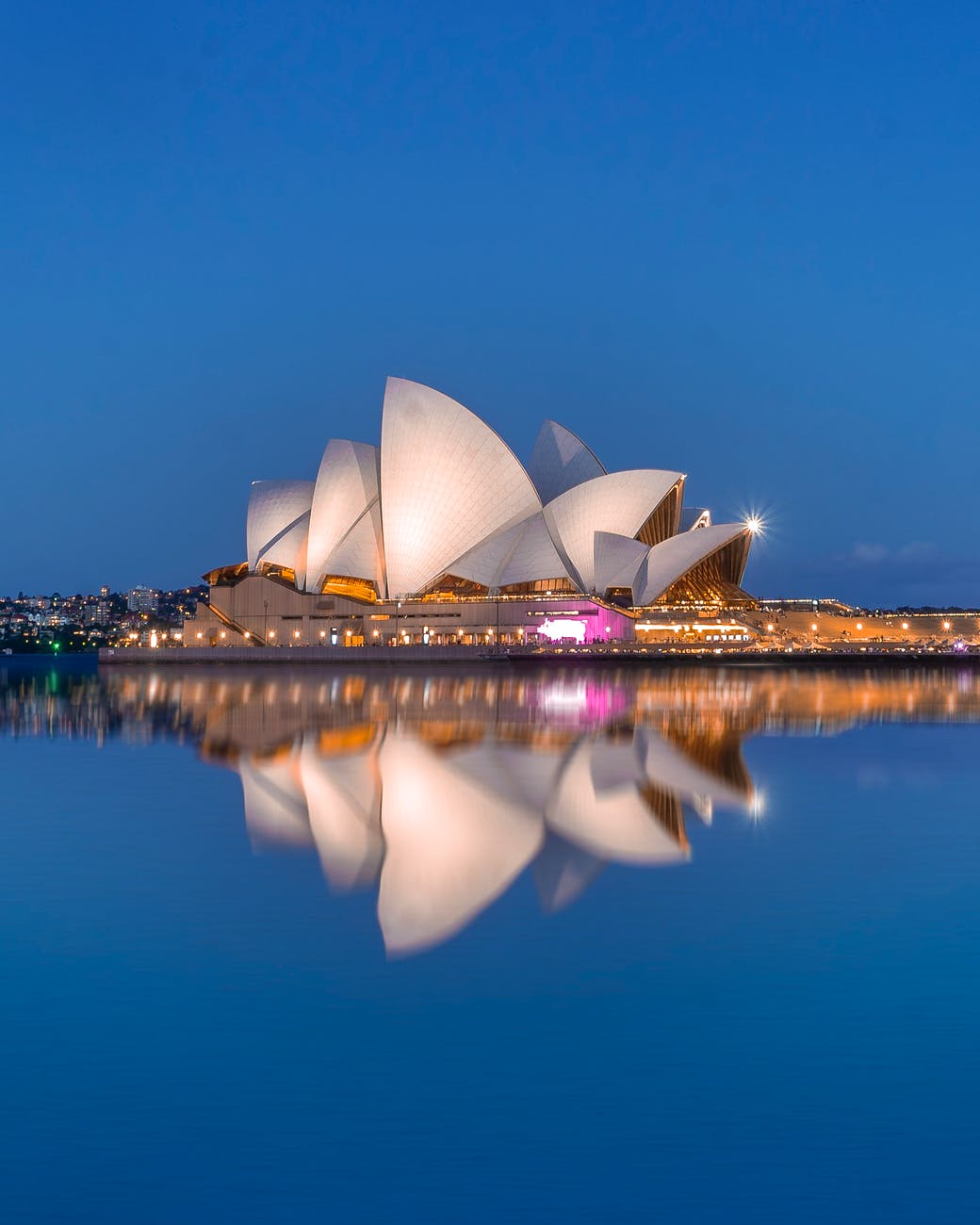
Australia, the smallest continent and one of the largest countries on Earth, lying between the Pacific and Indian oceans in the Southern Hemisphere. Australia’s capital is Canberra, located in the southeast between the larger and more important economic and cultural centres of Sydney and Melbourne. Australia comprises a land area of about 7.692 million square kilometres. Although this is just five per cent of the world’s land mass (149.45 million square kilometres), Australia is the planet’s sixth largest country. Australia is 32 times greater than the United Kingdom. Nearly 20 per cent of Australia’s land mass is classified as desert.
The economy of Australia is a highly developed market economy. The Australian economy is dominated by its service sector, comprising 62.7% of the GDP and employing 78.8% of the labour force. The population of Australia is estimated to be 25,657,600 . The new country took advantage of its natural resources to rapidly develop agricultural and manufacturing industries and to make a major contribution. Australia has become an internationally competitive, advanced market economy due in large part to economic reforms and its location in one of the fastest growing regions of the world economy. Australia is the oldest flattest and driest inhabited continent with the least fertile soils. Australia is a highly developed country, with the world’s fourteenth-largest economy. It has economy with the world’s tenth-highest per capita income. This country ranks highly in quality of life, health, education, economic freedom, civil liberties, and political rights. Australia is the world’s sixth largest country, after Russia, Canada, China, the USA, and Brazil. In addition to the mainland, Australia is surrounded by many thousands of small fringing islands and numerous larger ones, which, overall, amount to an area half the size of Tasmania.
7.India
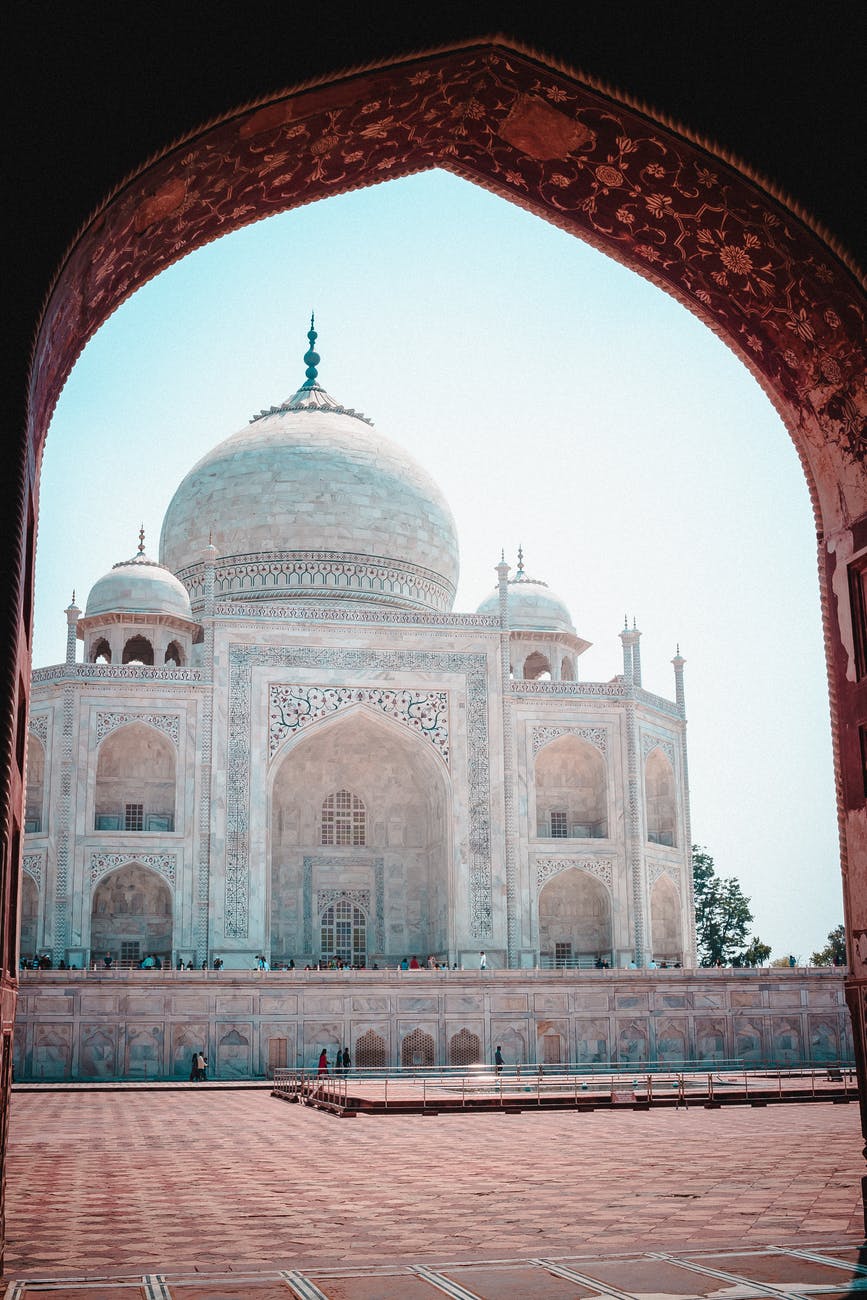
The total geo-graphical area of the country is 3,287,240 sq.km. The largest state in India in terms of geographical area is Rajasthan with an area of 342,239 sq.km. India is the second most populated country in the world with nearly a fifth of the world’s population. The current population of India stood at 1,382,384,125 . India population is equivalent to 17.7% of the total world population. The population density in India is 464 per Km2 (1,202 people per mi2). The total land area is 2,973,190 Km2 (1,147,955 sq. miles). 35% of the population is urban (483,098,640 people in 2020). The median age in India is 28.4 years. Mortality, fertility, and migration each play a role in this population history. It is the world’s fifth-largest economy . India was the world’s fastest growing major economy, surpassing China. Historically, India was the largest economy in the world for most of the two millennia from the 1st until 19th century.
Indian economy remains positive due to its young population and corresponding low dependency ratio, healthy savings and investment rates, and is increasing integration into the global economy. India was the world’s tenth-largest importer and the nineteenth-largest exporter. The Indian IT industry is a major exporter of IT services with $180 billion in revenue and employs over four million people. India’s telecommunication industry is the world’s second largest. The Indian textiles industry is estimated at $150 billion and contributes 7% of industrial output and 2% of India’s GDP while employs over 45 million people directly. India ranks second globally in food and agricultural production, while agricultural exports were $38.5 billion. The construction and real estate sector is the second largest employer after agriculture, and a vital sector to gauge economic activity. The Indian textiles industry is estimated at $150 billion and contributes 7% of industrial output and 2% of India’s GDP while employs over 45 million people directly. The diversity of resources, especially of minerals, exceeds that of all but a few countries and gives India a distinct advantage in its industrial development.
8.Argentina
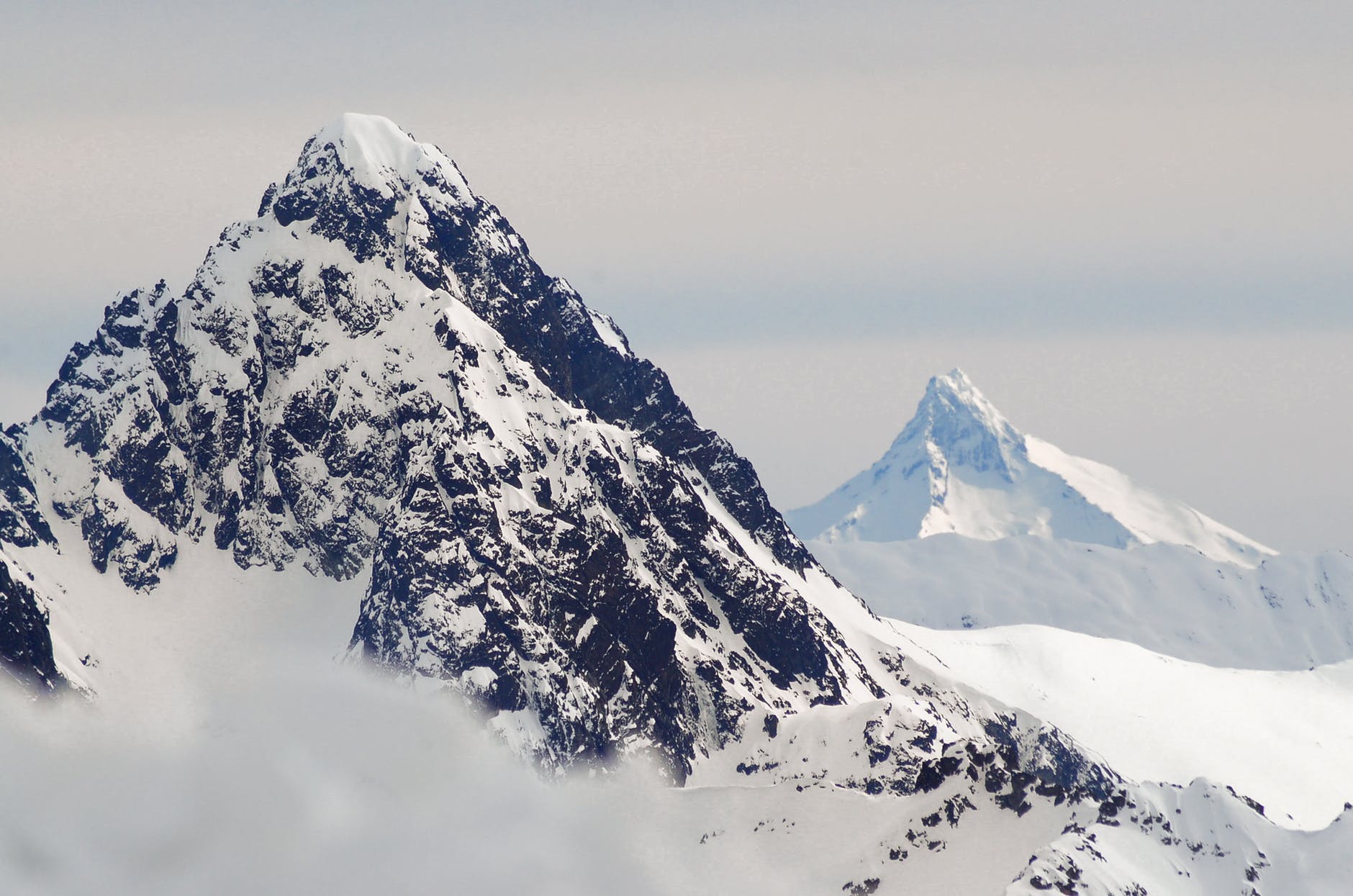
Argentina is highly urbanized, with the ten largest metropolitan areas accounting for half of the population. Argentina officially the Argentine Republic is a country located mostly in the southern half of South America. Nine out of 10 Argentines live in cities and towns, making Argentina one of the most urbanized countries in the world. It’s mainland area of 2,780,400 km2 . Argentina is the eighth-largest country in the world, the fourth largest in the Americas and the largest Spanish-speaking nation by area. Argentina is highly urbanized, with the ten largest metropolitan areas accounting for half of the population, and fewer than one in ten living in rural areas. Most of these European immigrants settled in the cities which offered jobs, education and other opportunities enabling them to enter the middle class. Coal deposits are found in southern Patagonia. A wide range of nonmetallic minerals is found throughout the country. Salt deposits are located on the western and southwestern edges of the Pampas, and materials such as clay, limestone, granite, and marble supply the construction industries.
A recent study by the World Bank found that Argentine cities are not benefiting sufficiently from the advantages associated with urbanization, such as economies of scale, more efficient labor markets, and knowledge spillovers. Sprawling urbanization, insufficient municipal resources and limited coordination and planning, amongst others, have hindered the cities’ potential to promote economic and social prosperity. One major concern is affordability, especially in the largest cities, where wages have not risen in line with increasing housing prices. It extends for 2,791,810 square km. The Pampas are the traditional source of beef cattle, the country’s most valuable export commodity. Argentina is one of the world’s major exporters of soybeans and wheat, as well as meat.
It is also one of the largest producers of wool and wine, but most of its wine is consumed domestically. Although agriculture is an important source of export earnings. More than nine-tenths of the country’s grapes are planted in the Northwest provinces of Mendoza and San Juan and most of the crop is used for wine making. Wheat is Argentina’s largest crop in harvested land area, and it is the main crop in the cattle-raising southern Pampas of Buenos Aires and La Pampa provinces. Wheat and corn (maize) dominate in the north. The warmer northern provinces of Tucumán, Salta, and Jujuy make up the sugarcane-growing region of Argentina. The sugarcane, citrus orchards, Tobacco is also grown in Salta and Jujuy. The best area for cotton growing lies mainly west of the Parana River, between the Bermejo and Dulce rivers. Other exploitable metallic minerals include copper, bauxite , zinc, lead, gold, and silver. Among important nonmetallic and nonfuel minerals are limestone, dolomite, rock phosphate, building stones, ceramic clays, mica, gypsum, fluorspar, magnesite, graphite, and diamonds.
9.Kazakhstan
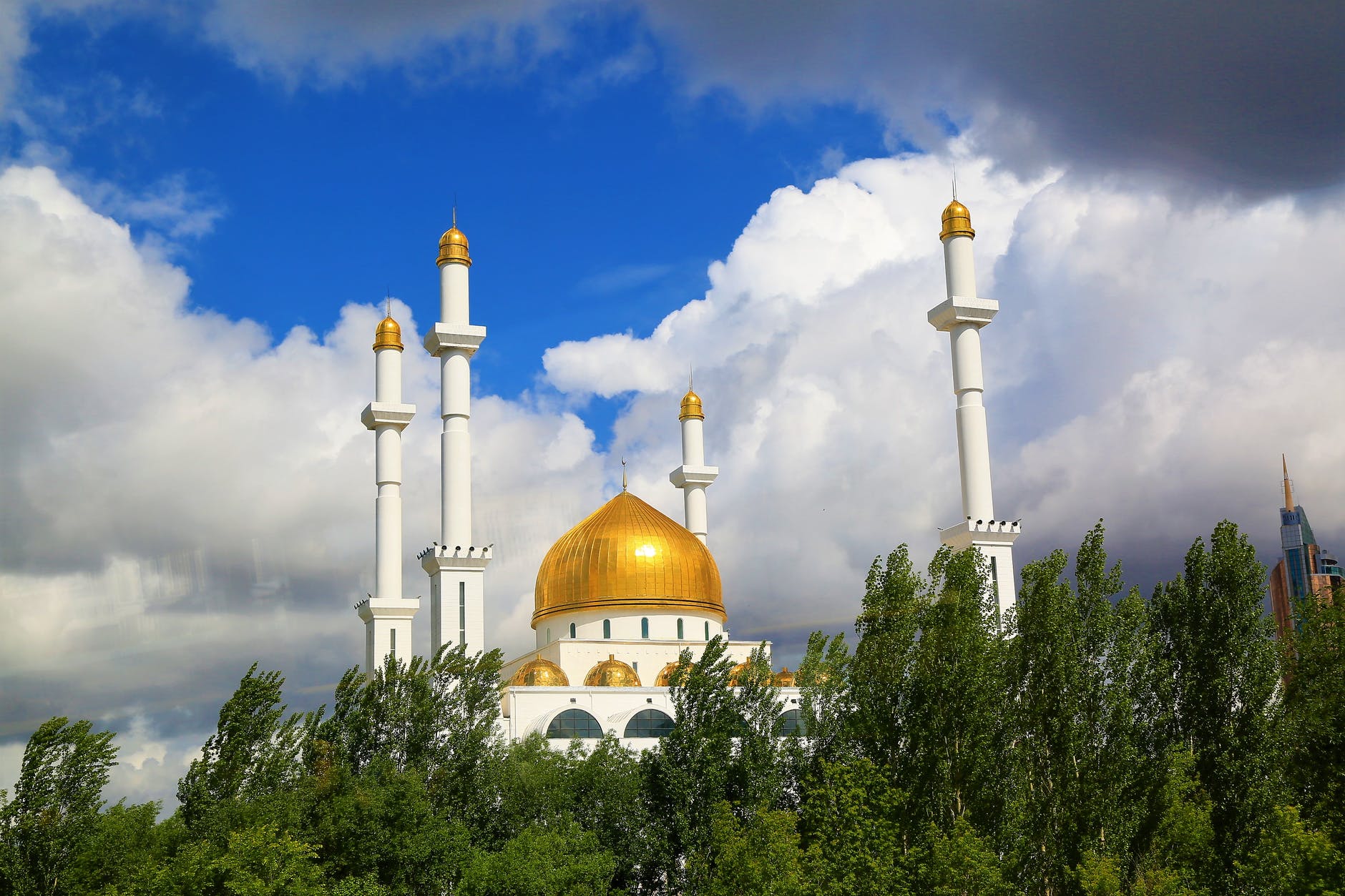
Kazakhstan is the largest country in Central Asia and the ninth largest in the world. Between its most distant points, Kazakhstan measures about 1,820 miles (2,930 kilometres) east to west and 960 miles north to south. Kazakhstan, officially the Republic of Kazakhstan is a transcontinental country mainly located in Central Asia with a smaller portion west of the Ural in Eastern Europe. It shares borders with Russia, China, Kyrgyzstan, Uzbekistan, and Turkmenistan, and also adjoins a large part of the Caspian Sea. Its population density is among the lowest, at less than 6 people per square kilometer. It does have physical and cultural geographic characteristics similar to those of the other Central Asian countries. Kazakhstan’s great mineral resources and arable lands have long aroused the envy of outsiders, and the resulting exploitation has generated environmental and political problems. Kazakhstan’s east and southeast possess extensive watercourses. Most of the country’s 7,000 streams form part of the inland drainage systems of the Aral and Caspian seas and Lakes Balkhash and Tengiz.
Kazakhstan’s climate is sharply continental, and hot summers alternate with equally extreme winters, especially in the plains and valleys. Very fertile soils characterize the lands from far northern Kazakhstan down to the more infertile, alkaline soils of the middle and southern areas. Kazakhstan has very little wooded area, amounting to only about 3 percent of the territory.
10.Algeria
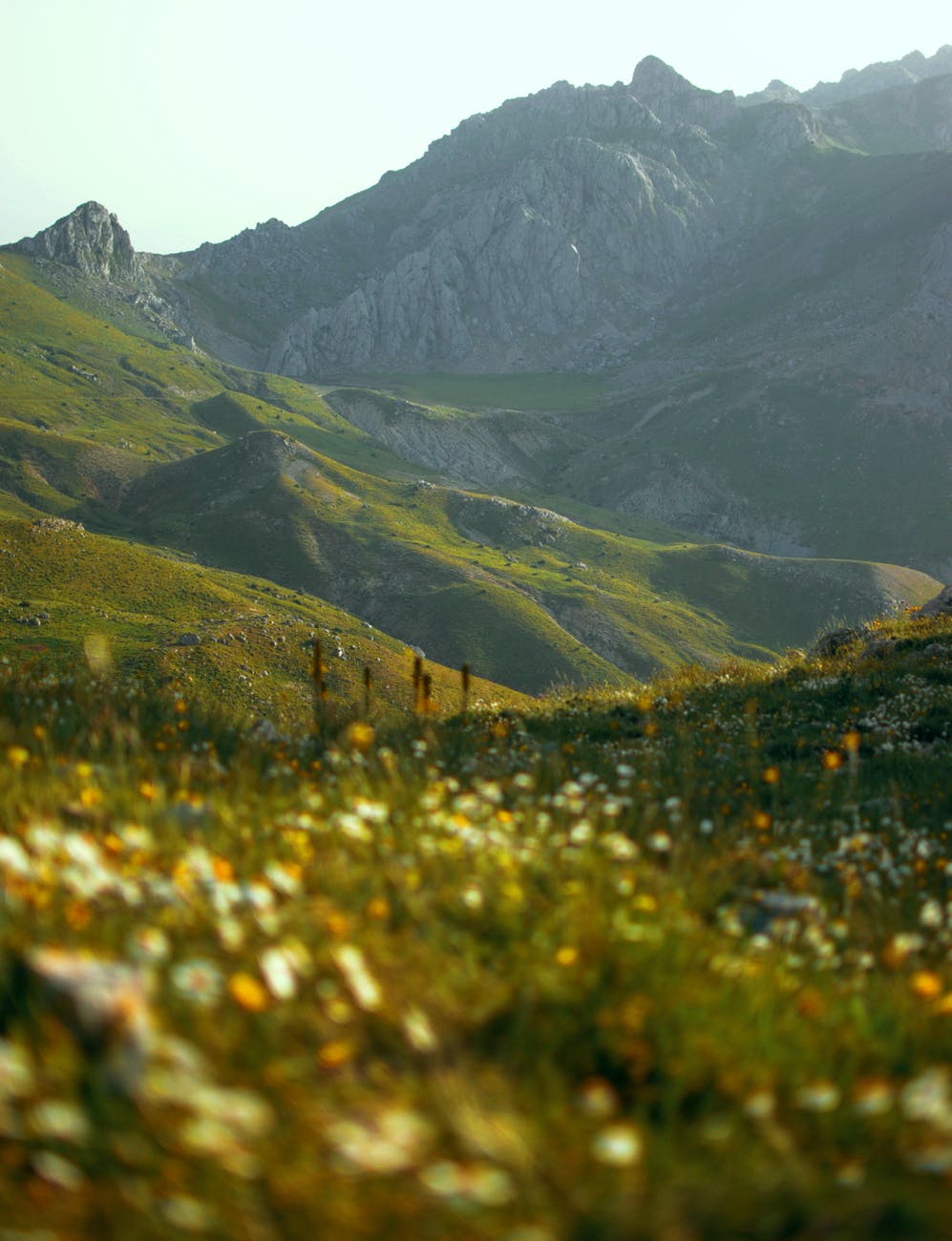
The capital city of Algeria and most populous city is Algiers. People’s Democratic Republic of Algeria, is a country in the Maghreb region of North Africa. It is located in the far north of the country on the Mediterranean coast with an area of 2,381,741 square kilometres (919,595 sq mi), Algeria is the tenth-largest country in the world. Algeria ranks number 33 in the list of countries (and dependencies) by population. The median age in Algeria is 28.5 years and 72.9 % of the population is urban . The current population of Algeria is 43,986,735 . Algeria population is equivalent to 0.56% of the total world population. The population density in Algeria is 18 per Km2 (48 people per mi2). It is predominantly Muslim country of North Africa. Algeria extends southward deep into the heart of the Sahara, a forbidding desert where the Earth’s hottest surface temperatures have been recorded and which constitutes more than four-fifths of the country’s area.
The country has a semi-arid geography, with most of the population living in the fertile north and the Sahara dominating the geography of the south. Algeria is a regional and middle power. It has the highest human development index of all non-island African countries and one of the largest economies on the continent, based largely on energy exports. It makes Algeria an integral part of the Maghreb and the larger Arab world, but the country also has a sizable Amazigh (Berber) population, with links to that cultural tradition. Algeria’s economy is dominated by its export trade in petroleum and natural gas, commodities that, despite fluctuations in world prices, annually contribute roughly one-third of the country’s gross domestic product . The extraction and production of hydrocarbons have been the most important activity and have facilitated rapid industrialization. Winter grains—wheat, barley, and oats—are grown on the largest area of arable land in the drier High Plateau, notably around Constantine, and in the Sersou Plateau to the west. Tobacco, olives, and dates are important crops, as are sorghum, millet, corn (maize), rye, and rice.

